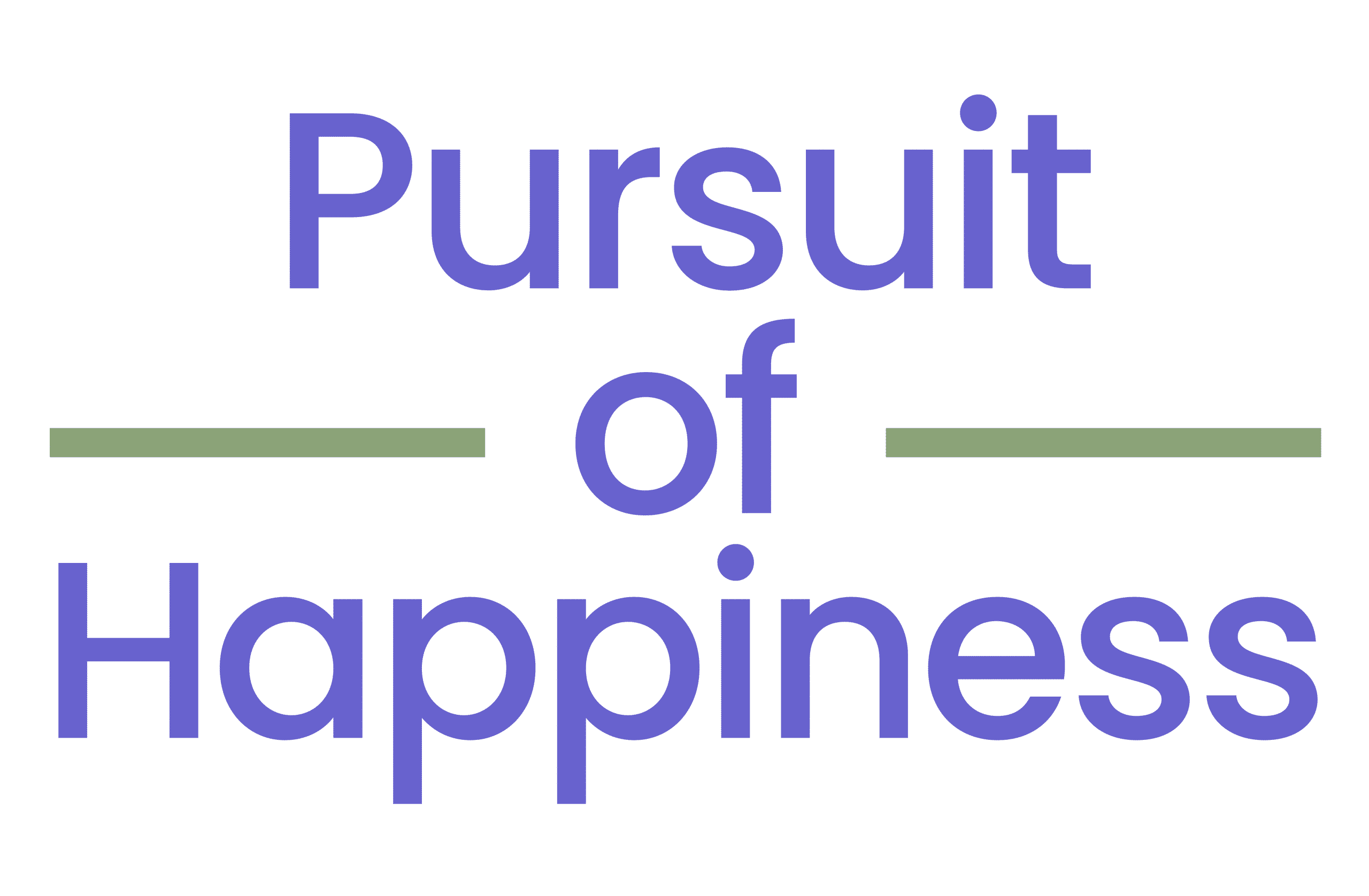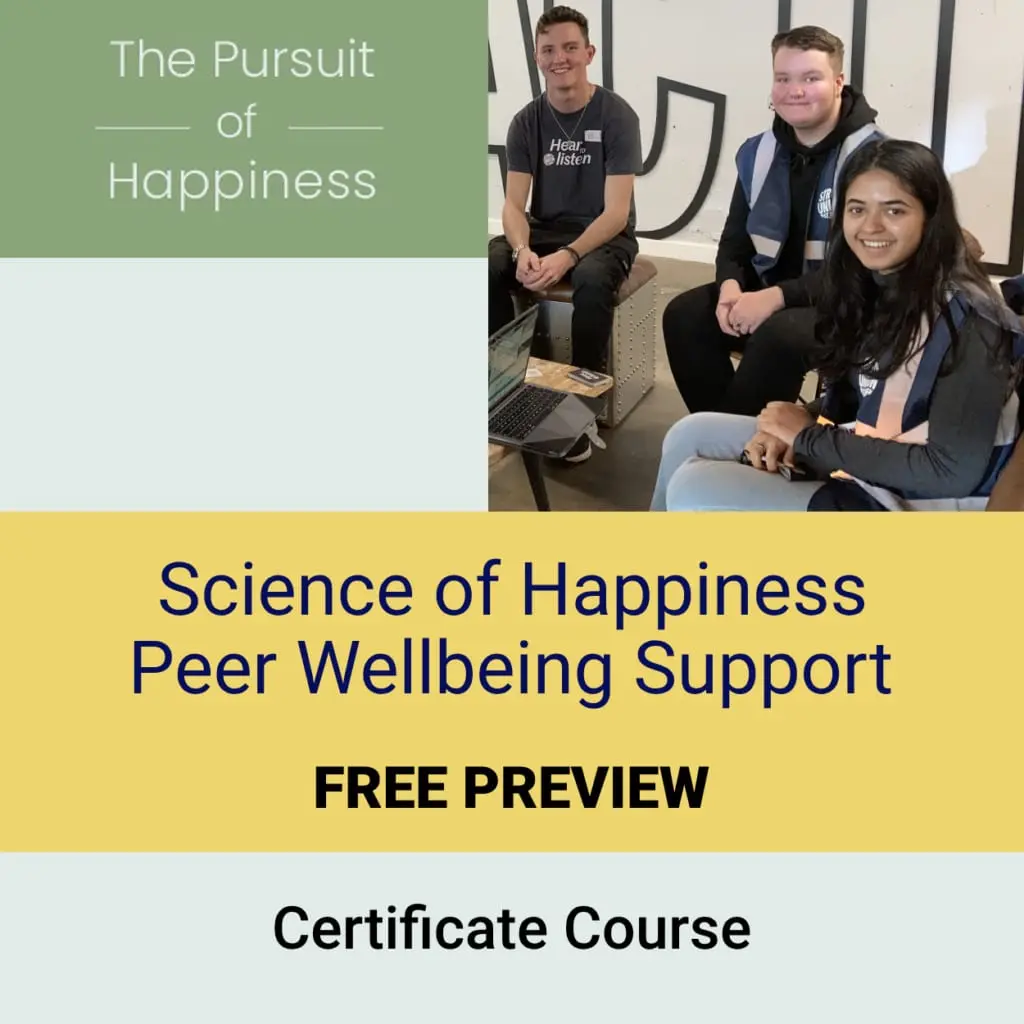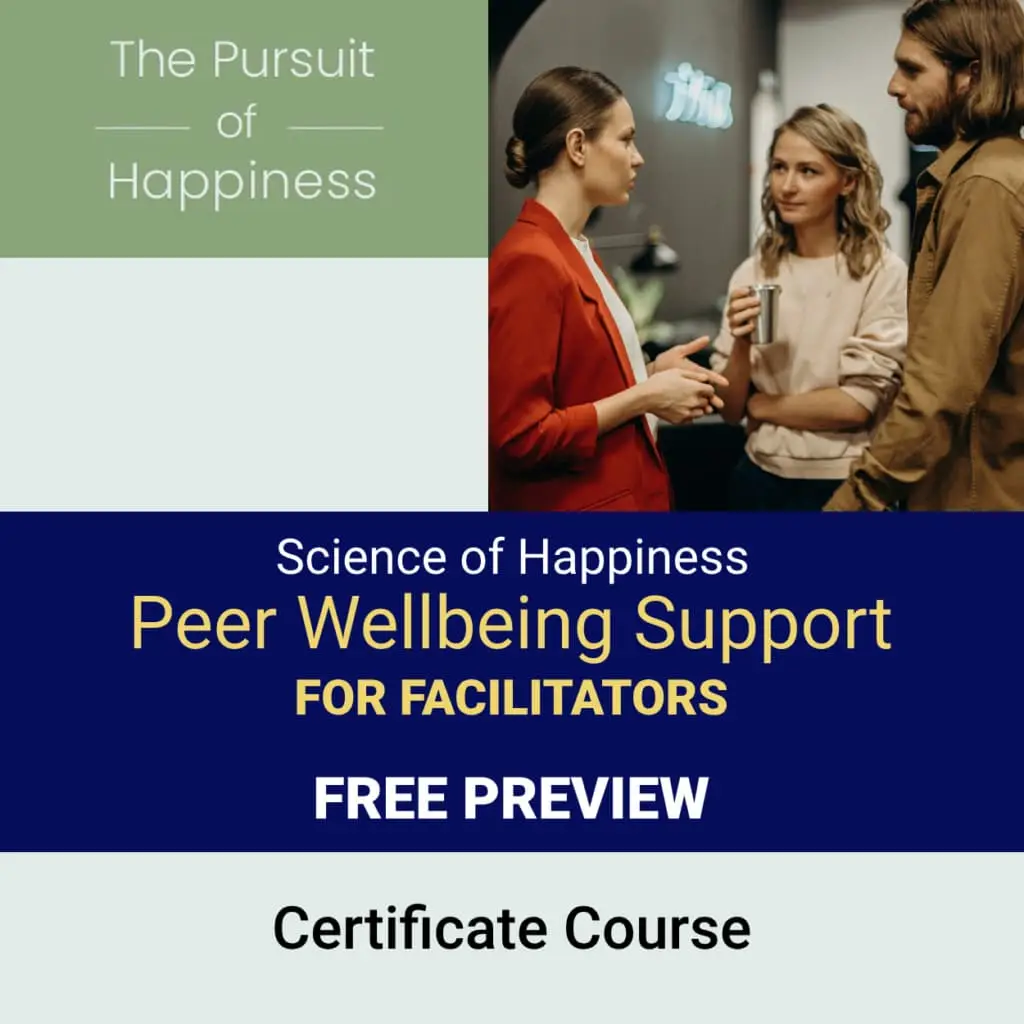To read a comprehensive review of each key study, simply click on each study’s citation:
[expand title=”Courneya, K. S. (2003). Randomized Controlled Trial of Exercise Training in Postmenopausal Breast Cancer Survivors: Cardiopulmonary and Quality of Life Outcomes. Journal of Clinical Oncology, 21(9), 1660–1668. doi:10.1200/JCO.2003.04.093″] Introduction: Because the effects of breast cancer treatments can have an undesirable reduction in cardiopulmonary capacity, researchers have been investigating on how this can reduce the QoL of a patient. Additionally, researchers have been looking at how exercise can improve some of these reductions and lead to an improved QoL. In order to improve cardiopulmonary capacity, researchers proposed engaging breast cancer survivors in exercise training. Furthermore, this exercise training will not only improve the cardiopulmonary capacity, but additionally improve the QoL of these afflicted patients.
Courneya’s study in 2003 was identified as a key study because it examined how beneficial oxygen input, from exercise, is to quality of life in breast cancer survivors.
Methods: The participants consisted of 53 postmenopausal breast cancer survivors between the ages of 50 and 69 years of age. The trial was conducted at Cross Cancer Institute (CCI). The participants were randomly split into the exercise or control group. The exercise group had to workout three times a week for a 15 week period. The training intensity was set specifically to the output of carbon dioxide and input of oxygen that each participant would experience. Workout duration increased by five minutes every three weeks. The researchers measured three different types of outcomes. The first was the cardiopulmonary outcome. The participants had to use a stationary bicycle for a set amount of time while the researchers examined their vitals along with expired gases. They examined the quality of life (QOL) outcomes, by adminstering four surveys FACT-B, FACT-G, TOI, and HM. The final outcome observed was body composition. The researchers examinded the change in weight, BMI, and skinfolds.
Results: The changes in the cardiopulmonary function between the oxygen input between the exercise group (0.24 L/min) and the control group (0.05 L/m). Overall QOL increased by 9.1 points in the exercise group compared with 0.3 in the control group. The baseline values for body weight were (P= .801), body mass index (P= .881), and sum of skinfolds (P= .596). There was no change for weight or BMI, but there was a decrease in skinfolds for both groups.
Conclusions: The researchers had proven their hypothesis and discovered that exercise training had a beneficial effects on changes of peak oxygen consumption and QOL. An improvement in cardiopulmonary function were correlated with a positive increase in QOL. There was also significant evidence with the data that showed that there is an increase in happiness as physical activity increases.
Noted Limitations and Future Directions: A huge limitation that the researchers noted was that there wa a small sample size with no long term follow up. They did not mention any future directions with this data. [/expand]
[expand title=”Fox, K. (1999). The influence of physical activity on mental well-being. Public Health Nutrition 2(3a): 411-418.”] Introduction: The case for exercise and health has primarily been made on its impact on diseases such coronary heart disease, obesity and diabetes. However, there is a very high cost attributed to mental disorders and illness and in the last 15 years there has been increasing research into the role of exercise a) in the treatment of mental health, and b) in improving mental well-being in the general population. There are now several hundred studies and over 30 narrative or meta-analytic reviews of research in this field. These have summarised the potential for exercise as a therapy for clinical or subclinical depression or anxiety, and the use of physical activity as a means of upgrading life quality through enhanced self-esteem, improved mood states, reduced state and trait anxiety, resilience to stress, or improved sleep. The purpose of this paper is to a) provide an updated view of this literature within the context of public health promotion and b) investigate evidence for physical activity and dietary interactions affecting mental well-being.
Fox’s meta-analysis from 1999 was identified as a key study because it compiled several articles on physical activity as well as diet and nutrition. All the articles were examined and then all the conclusions were compared to discover a true answer
Method: Narrative review and summary
Conclusion: Sufficient evidence now exists for the effectiveness of exercise in the treatment of clinical depression. Additionally, exercise has a moderate reducing effect on state and trait anxiety and can improve physical self-perceptions and in some cases global self-esteem. Also there is now good evidence that aerobic and resistance exercise enhances mood states, and weaker evidence that exercise can improve cognitive function (primarily assessed by reaction time) in older adults. Conversely, there is little evidence to suggest that exercise addiction is identifiable in no more than a very small percentage of exercisers. Together, this body of research suggests that moderate regular exercise should be considered as a viable means of treating depression and anxiety and improving mental well-being in the general public.
[/expand]
[expand title=”Fuligni, A. J., & Hardway, C. (2006). Daily Variation in Adolescents’ Sleep, Activities, and Psychological Well-Being. Journal of Research on Adolescence, 16(3), 353–378.”] Introduction: Because adolescents face many stressors in life, including early school start times, involved sports schedules, family bonding time, and a multitude of additional time commitments, the amount of quality sleep received a night has decreased. In order to understand this detailed lifestyle and study the negative implications of receiving less sleep than necessary, this study sought to investigate the daily activities of adolescents; thus, the adolescents in this study were asked to complete daily diaries in order to track academics, social commitments, extracurricular activities, and sleep patterns.
Fuligni’s study in 2006 was identified as a key study because it had a diverse sample size of adolescents and examined the importance of sleep with daily stress.
Method: The study consisted of 750 9th graders from the Los Angeles area. The study population was very diverse with the three largest ethnicities being, Mexican, Chinese, and European. The majority of the participants were of the lower class. The participants were asked to complete an inital questionnaire containing demographic information. They were given a diary checklist to be completed nightly for two weeks before going to bed. The daily diaries examined the following measures: sleep time, daily activities and stressful demands, and daily mood.
Results:
Sleep time: On average, the participants spent 7.84 hours per night sleeping. On non-school nights the adolescents spent three quarters of an hour more sleeping. Mexican students reported significantly more nightly sleep (M=8.10, SD=1.06) than those from Chinese (M=7.80, SD=.86) and European (M=7.75, SD=.96) backgrounds, F(2, 571)=7.70, p<.001.
Sleep and daily activities and daily demands: The participants spent about an hour each day studying (M=1.02, SD=.81), socializing with friends (M=.94, SD=1.05), and helping the family (M=.99, SD=.98), they spent less time using a computer (M=.80, SD=1.07). They also spent an average of 1.40 hours (SD=1.10) watching television daily. Adolescents who had more daily stressors tended to sleep less (r=-13, p<.001).
Sleep and daily mood: Adolescents reported having more negative rather than positive moods on days they did not get much sleep.
Conclusion: Less sleep lead to more daily feelings of anxiety, depression, and fatigue. Sleep was also associated with studying as well as stressful demands. Daily psychological well-being was based off of the amount of sleep an adolescent would receive.
Noted Limitations and Future Directions: The researchers note that for future research to closely examine the relationship between daily variability and dynamics of sleep for adolescents. [/expand]
[expand title=”Hakkarainen, R., Partonen, T., Haukka, J., Virtamo, J., Albanes, D., & Lönnqvist, J. (2004). Food and nutrient intake in relation to mental wellbeing. Nutrition journal, 3(1), 14.”] Introduction: Because cognitive function is impacted by the food consumption and nutrient intake, it is important to understand how these factors effects those with certain mental disorders. The study focused on subjects with insomnia, anxiety, and depressed mood and their nutrient intake and food consumption and how these factors contribute to their wellbeing.
Hakkarainen’s study in 2004 was identified as a key study because it examined the importance of diet for well-being. The researchers studied older men who participated in smoking. They found that fatty foods cause depression, anxiety, and insomnia.
Method: The researchers used the data from a Alpha-Tocopherol, Beta-Carotene Cancer Prevention Study from 1985-1988 which consisted of 29,133 male smokers between the ages of 50-69 years. The men had to have been frequent smokers with at least 5 times a day to be eligible for the study. The men were randomly placed into four different groups, α-tocopherol, β-carotene, both, or placebo. All subjects completed a questionnaire on background, medical history, and mental well-being (anxiety, depression, and insomnia). Dietary and alcohol consumption were assessed using a self-reported questionnaire. The three main dietary groups examined were: principal nutrients (energy, carbs, protein, and fats), specific nutrients and hypothesis based (omega-3, omega-6 fatty acids, lysine, serine, tryptophan, vitamin D, and folic acid), and certain foods. The participants were followed up with three times, annually. The researchers asked about feelings of anxiety, depression, and insomnia during these visits.
Results: 16% of men felt depressed in the past four months as well as 24% felt anxious and 21% felt insomnia. Men who suffered from all three consumed 47% more alcohol. Subjects with depressive moods and anxiety consumed 7% more of omega-6 fatty acids and 9% of omega-3 fatty acid. While subjects with insomnia consumed 11% less coffee and 10% more milk.
Conclusion: Participants who reported more anxiety had a higher intake of omega-3 and omega-6 fatty acids. Omega-3 from fish was not a contributor to anxiety. It was mainly from margarine and food similar to it. Men with depressive symptoms consumed more omega-3 and omega-6 fatty acid.
Noted Limitations and Future Directions: The researchers could not provide evidence for the association between the diet and symptoms of depression, anxiety, and insomnia. A big limitation was that the study only consisted of older men who were smokers. Depression was only assessed by a one item questionnaire. [/expand]
[expand title=”Hassmén, P., Koivula, N., & Uutela, A. (2000). Physical Exercise and Psychological Well-Being: A Population Study in Finland. Preventive Medicine, 30(1), 17–25. doi:10.1006/pmed.1999.0597″] Introduction: There is a large amount of literature pertaining to the psychological effects (reduced depression, anger, anxiety, and a better mood) of exercise. A study done by Buchman examined the effects of Type A behavior to exercise. He found that physical activity could reduce the risk of coronary heart disease by altering the style of anger. Anger isn’t the only issue. A lot of people suffer from depression. A sample of the Finnish 55 year old population was examined and discovered that 6.8% of men were depressed and 12.1% of women. The numbers are even higher in the United States. It was found that depressions scores were higher amongst people with inactive lives.
Hassmen’s 2000 study was identified as a key study due to how the effects of consistent and frequent exercise are necessary for the well-being and happiness for oneself.
Methods: This study consisted of a total of 3403 participants between the ages of 26 and 64 years of age. The majority of the participants were women. The study consisted of physical specified questionnaire and psychological concentrated questionnaires. The physical focused on the amount of exercise the participant performs within a 20-30 minute period. They also had the option to choose from daily, weekly, monthly, etc. The psychological questionnaire consisted of the: BDI, Anger, Cynical Distrust Scale, perceived stress, locus of control-luck, locus of control-stress, sense of coherence, social integration, and perceived health and perceived fitness. The participants were randomly drawn from four different regions throughout Finland. The participants would then receive the initial questionnaire pertaining to demographic information and health related questions. All the participants were then required to receive a medical examination. Afterward two thirds of the clients were separated to complete the psychological battery while the remaining third took part in a nutritional study.
Results:
A Depression – The researchers found that a decrease in exercise caused an increase in depression. The scores showed that older adults scored higher on the BDI as opposed to their younger counterparts. The group of participants that exercised the most often scored higher in comparison to the participants who worked out two to three times a week. The most depressed participants were the ones who were unable to exercise due to a handicap.
B Anger – The lowest anger scores were associated with frequent workout. There was a significant variable (P<0.02) between frequency and gender. Women considerd themselves to express anger more than men (P<0.01) also younger participants expressed more anger than the older ones (P<0.001).
C Cynical Distrust Scale – The participants who worked out frequently received the lowest score on this scale. Older individuals scored higher than younger ones (PS<0.001).
D Perceived Stress – Exercise frequency and stress was significant (P<0.01). The more you exercised the less stress you would have. Also older adults perceived less stress than the younger ones. (P<0.001)
E Locus of Control: Luck and Self – The individuals who worked out more often believed that their health was determined by them. The participants who did not exercise as frequently believed their health was due to luck.
F Sense of Coherence – Individuals who exercised often had a higher sense of coherence to those who did not (P<0.001)
G Social Integration – Those who exercised often felt more socially involved (P<0.001).
H Perceived Health – The participants who exercised frequently perceived their health to be better than their counterpart. Also younger individuals felt healthier than older, women too felt healthier than men.
I Perceived Fitness – Individuals who exercised frequently perceived their fitness to be better than those who did not.
Conclusion: There is a lot of data that explains why exercise plays a critical role in psychological well-being. If an individual works out two to three times a week will find a decrease in stress, anger, depression and an increase in perceived health, coherence, and fitness. Individuals who worked out more frequently had lower scores on measuring negative affect while they had higher scores in measuring positive affect.
Noted Limitations and Future Directions: A troublesome limitation is that the researchers were only able to rely on the participants’ self-reported measure of their exercise frequency and their psychological variables. There were also an uneven number of adults in the different subgroups. The researchers suggest a longitudinal study that allows for them to study the participants over a longer period of time helping them gaining a more accurate insight on long term effects. [/expand]
[expand title=”McAuley, E., Blissmer, B., Marquez, D. X., Jerome, G. J., Kramer, A. F., & Katula, J. (2000). Social Relations, Physical Activity, and Well-Being in Older Adults. Preventive Medicine, 31(5), 608–617. doi:10.1006/pmed.2000.0740.”] Introduction: There is a vast amount of literature that explores the correlation between exercise and psychological well-being. There are two questions that the researchers have found that have not been answered from previous literature. “First the understanding of psychological health necessities as a multidimensional approach.” That physical fitness does not determine physical activity. Second was the association of SWB and physical activity. Which physical activity is the best determinate to increase your happiness? Research has also shown that social support plays a role in physical activity causing it to be a mediator for well-being. The researchers have chosen to answer these question by having a study with participants that will fall into those categories.
McAuley’s study from 2000 was identified as a key study because it examined two types of exercise in older adults and determined which one was more beneficial to subjective well-being.
Method: The participants consisted of 174 older adults whose mean age was 65.5 years. To be qualified for the study they had to fall under this criteria: age 60-70, sedentary lifestyle, physician’s clearance, and adequate mental status. The participants were assigned one of two groups, the aerobic program (walking) or a stretching and toning program. The aerobic group meet three times a week for the six months. The participants began at 50% of intensity and at three months went up to 65%. Training duration went up as well starting at 10 minutes and ending at 40. The stretching group also meet three times a week for six months. The duration of each session lasted 40 minutes. The participants took self-reported questionnaires at the beginning, first two weeks, final week, and six months after. The measures examined were: demographics, exercise frequency, subjective well-being, satisfaction with life (SWLS), and social support (SPS).
Results: Individuals who exercised more often had a greater increase with SWL for the duration of the study (b=0.30, P < 0.05). During the six month follow up satisfaction with life had declined (b = -0.24, P < 0.05). Social supports also increased during the study (b = 0.19 P <0.05) and then had a decline during the follow up (b = -0.22, P < 0.05).
Conclusion: The researchers found that both the aerobic and toning interventions had a positive affect SWB. Satisfaction with life as well as happiness had a minor increases in the study while loneliness had decreased. There was no difference in outcome between the two groups they both had very similar results which goes to show that aerobic exercise is not necessary for psychosocial health gains. The findings prove that physical activity participation and social support are related to SWB but are construct specific.
Noted Limitations and Future Directions: The researchers noted that a limitation that was hard to avoid was that this study that with this age group tends to have more females than males. There was also little diversity the majority of the study was Caucasian. The researchers suggest for future research to manipulate the social environment to discover which elements of social-support influence well-being. [/expand]
[expand title=”Monteiro-Grillo, I., Vidal, P. M., Camilo, M. E., & Ravasco, P. (2004). Cancer: disease and nutrition are key determinants of patients? quality of life. Supportive Care in Cancer, 12(4), 246–252. doi:10.1007/s00520-003-0568-z”] Introduction: There are many factors that contribute to malnutrition for those who are afflicted by cancer. Because of the harsh side effects of the disease, the quality of the life (QoL) of the patients are often determined by these factors. The article states QoL, “is a subjective, multidimensional construct reflecting functional status, psychosocial wellbeing, health perception and disease- and treatment-related symptoms.” Additionally, there is sparing evidence to base the interaction of nutrition of those afflicted by cancer and their QoL. The study consisted of a cross-sectional design which assessed different cancer patients based on different diet and disease related factors.
Monteiro’s study from 2004 was identified as a key study because it discussed how essential a well balanced diet is to quality of life in cancer patients with stage III/IV cancer.
Method: In total, there were 271 participants (173M, 98F). The mean age was 52+/-12 years, with a range of 32-87 years of age. Patients with, “head and neck (HN), oesophageal (OES), stomach (STO) and colorectal (CR),” cancers were investigated in this cross-sectional study; additionally, all patients studied did not have any other chronic diseases. The main trajectory of the study was to study the overall nutrition of these patients and different factors within the ailment related to their QoL. Furthermore, patients were evaluated based on the cancer’s degree of progression. There were a variety of measures included in this study, including: nutritional assessment, nutritional requirements and dietary assessment, and QoL instrument. Specifically, the European Organisation for Research and Treatment of Cancer Quality of Life Questionnaire version 3.0 was used in the study to measure the QoL. Once data was collected from all the patients, SPSS was used for statistical analysis.
Results: Patients in stage III/IV had a lower intake of protein (P=0.001) in comparison to patients at I/II stage (P=0.005). Weight loss was also greater in the III/IV (P>10%) than in the I/II (P<10%). Higher energy and protein intake were associated with: global QoL (r=0.53, P=0.001), physical (r=0.26, P=0.02) and emotional (r=0.29, P=0.01); anorexia (r=0.52, P=0.001), fatigue (r=0.60, P=0.001), pain (r=0.55, P=0.003), nausea/vomiting (r=0.51, P=0.003) and diarrhoea (r=0.60, p=0.001). While malnutrition was associated with lower levels of: global QoL (P=0.05), physical (P=0.01), role (P=0.02), cognitive (P=0.02), emotional (P=0.01) and social (P=0.01); anorexia (P=0.001), increased fatigue (P=0.03), dyspnoea, insomnia and diarrhoea (P=0.04).
Conclusion: Stage III/IV showed the the most severe energy and protein deficiency it was also the most the cause of such a loss of weight at that stage. The data also showed that with the lack of energy, protein and weight were detrimental to QOL. Major determinants of QOL were the cancer stage along with location. In some patients malnutrition played an equally as important role. [/expand]
[expand title=”Paw, M. C. A., De Jong, N., Schouten, E. G., Van Staveren, W. A., & Kok, F. J. (2002). Physical exercise or micronutrient supplementation for the wellbeing of the frail elderly? A randomised controlled trial. British Journal of Sports Medicine, 36(2), 126–131. “] Introduction: As we age we have declines in health, mobility, autonomy, and social contacts, which in turn causes us to also have a decline in psychological well-being. There is not much research on older adults and exercise other than a focus on older adults with anxiety and depression. Nutritional supplementation is another possibility to improve well-being. Malnutrition can lead to negative effects on behavior, cognitive function, emotional state, and personality.
Paw’s study from 2002 was identified as a key study because it examined the effects of light exercise and micronutrient supplementation to well-being in older adults.
Method: This study consisted of 139 elderly adults. This was a 17 week study with a controlled exercise intervention with enriched food. The participants were randomly assigned to one of four groups: group exercise, enriched food products, both, and control. The subjects in the exercise intervention exercised twice a week for a duration of 45 minutes. Their strength, speed, endurance, flexibility, and coordination were all examined in these exercise sessions. The participants in the nutritional intervention had to consume one fruit product, one dairy product, and two types of fruit yogurt. These items contained enriched levels of: D, E, B1, B2, B6, folic acid, B12, C, calcium, magnesium, zinc, iron, and iodine. The participants were asked to complete questionnaires with the following measures: subjective well-being for older persons (SSWO), basic demographic, general health, a fitness score, BMI, and fasting blood samples.
Results: “At baseline, moderate to low but significant correlations were found between general wellbeing scores and physical fitness (r = 0.28), functional performance (r = 0.37), and blood concentrations of pyridoxine (r = 0.20), folate (r = 0.25), and vitamin D (r = 0.23) (all p values <0.02), but not with physical activity levels and other blood vitamin concentrations. General wellbeing score and self rated health were not responsive to 17 weeks of exercise or nutritional intervention.” The participants who exercised (28%) reported feeling healthier than non-exercisers (13%).
Conclusion: According to the SSWO results the older adults were unresponsive to the 17 week exercise and enriched food intervention. The intervention did increase physical fitness and reversing micronutrient deficiencies. There were not any significant changes in well-being with the current duration of the study.
Noted Limitations and Future Directions: The researchers noted that for future studies to increase the duration of the study, to see if a longer intervention would have a more significant outcome. [/expand]
[expand title=”Rejeski, W. J., Focht, B. C., Messier, S. P., Morgan, T., Pahor, M., & Penninx, B. (2002). Obese, older adults with knee osteoarthritis: Weight loss, exercise, and quality of life. Health Psychology, 21(5), 419–426. doi:10.1037//0278-6133.21.5.419″] Introduction: Osteoarthritis (OA) is a chronic disease associated with obesity. The symptoms of OA include joint pain and stiffness. There is no known cure to OA but there has been research done that shows that exercise has been an effective treatment to reduce pain. A study done by Felson et al. discovered that a loss of around 11 pounds over a 10 year period decreased the odds of developing OA by 50%. Many studies show that obesity and quality of life (QOL) have a negative correlation. As QOL goes down, weight gain will rise. Minor and her colleagues had participants complete a 12 week exercise program of aquatics or light cardio. The results showed that the exercise decreased depression, anxiety, and obesity.
Rejeski’s study (2002) was identified as a key study because it had a very specific sample type, obese participants diagnosed with osteoarthritis (OA), deviating from the norm of college students as the sample.
Methods: This study consisted of 316 older men and women. The criteria for the participants was that they needed to be 60 years or older, BMI greater than 27, frequent knee pain, sedentary lifestyle, pain when exercising, and evidence of having OA. The researchers used four different measures for this study. SF-36 is a measure that examines health status and HRQL. Satisfaction with physical function and appearance is a self reported questionnaire that examines physical capabilities and appearance. BMI calculates your body mass index and the final measure was general demographics. THe participants were split up into 4 groups, exercise only, dietary only, dietary and exercise only, or healthy lifestyle. The participants were involved for 18 months with data collection every 6 months. The participants had to exercise 3 days a week and it consisted of 15 minutes of aerobic, resistance training, second aerobic, and a cool down. The aerobic portion consisted of walking. The resistance traing was composed of leg extensions, leg curls, heel raises, and step ups. The weight would increase as the participants would be able to complete the exercise with more ease. The dietary weight loss goal was to be able to lose 5% throughout the 18 months. The participants attended an introductory sessions that emphasised on eating habits an caloric intake.
Results: The participants in the control group lost 1.3% of body weight. There was a 2.6% weight loss among those in the exercise group only. Those in diet only lost 5.7% of body weight and the participants in both exercise and diet lost 4.4%.
Conclusions: This is the first study to investigate the effects of exercise and dietary weight loss on changes of HRQl with overweight older adults with OA. The data showed that the participants in the diet and exercise group had the most positive effect on HRQL compared to the control group. There was not a difference between any of the active treatment and control condition for the mental health scale. There is strong evidence that exercise treatment for psychological outcomes are strongly influenced by baseline scores.
Noted Limitations and Future Directions: The results are restricted to the outcomes related to the physical and psychological outcomes that are linked to the physical self. The population of the study was composed mainly of caucasian women. For future research to combine the interventions that target the composite physical health scale along with using dietary weight loss and exercise intervention. [/expand]
[expand title=”Smaldone, A., Honig, J. C., & Byrne, M. W. (2007). Sleepless in America: Inadequate Sleep and Relationships to Health and Well-being of Our Nation’s Children. PEDIATRICS, 119(Supplement), S29–S37. doi:10.1542/peds.2006-2089F”]
Introduction: Inadequate sleep is a huge issue facing children and adolescent. It is said that 20% – 25% of adolescent suffer from sleep problems. It is advised to have about 10 hours of sleep a night between the ages of 5 to 13 years of age, and 8 to 9 hours a sleep for adolescents. There has been a lot of research on the relationship between sleep and chronic disorders. ADHD in particular is a main focus for children and adolescents. Researchers have found that with a combination of symptoms and medication that 50% of that population suffers from sleep. Individuals with anxiety and mood disorders also found trouble sleeping.
Smaldone’s study from 2007 was identified as a key study because it examined the importance of sleep and its relationship to anger, depression, concentration, and physical symptoms in children and adolescents.
Method: The data for this study came from the 2003 NSCH survey which consisted of 68,418 participants and the researchers focused on two age groups: school-aged children (6-11) and adolescents (12-17). “The independent variables for the study were: demographic characteristics, child health (health status, comorbid conditions, and reported child behaviors); school and activities (problems in school, physical activity, and television viewing), and family/community life (family structure, parental health, and family stress). The dependent variable was inadequate sleep.”
Results: The researchers compiled the data and found that the children who did not suffer from sleep disorders were typically: caucasian, families with education higher that high school, higher income, and excellent health. They found that the children with ADD or ADHD were more common to have sleeping disorders. The following variables were associated with inadequate sleep: one or more depressive symptom, inactive lives, arguing parents, problems at school, and poor parental health.
Conclusions: In both groups, inadequate sleep was associated with family conflicts/frequent parental anger, they also found that the children suffered from more headaches. The participants that had difficulty sleeping had more difficulty in school and displayed more depressive symptoms.
Noted Limitations Future Directions: The researchers noted that using the NSCH study as the data set did not allow cause or causal direction to be determined. The survey did not also examine if that the inadequate sleep was a chronic recurring condition or if sleep was just impaired. [/expand]





